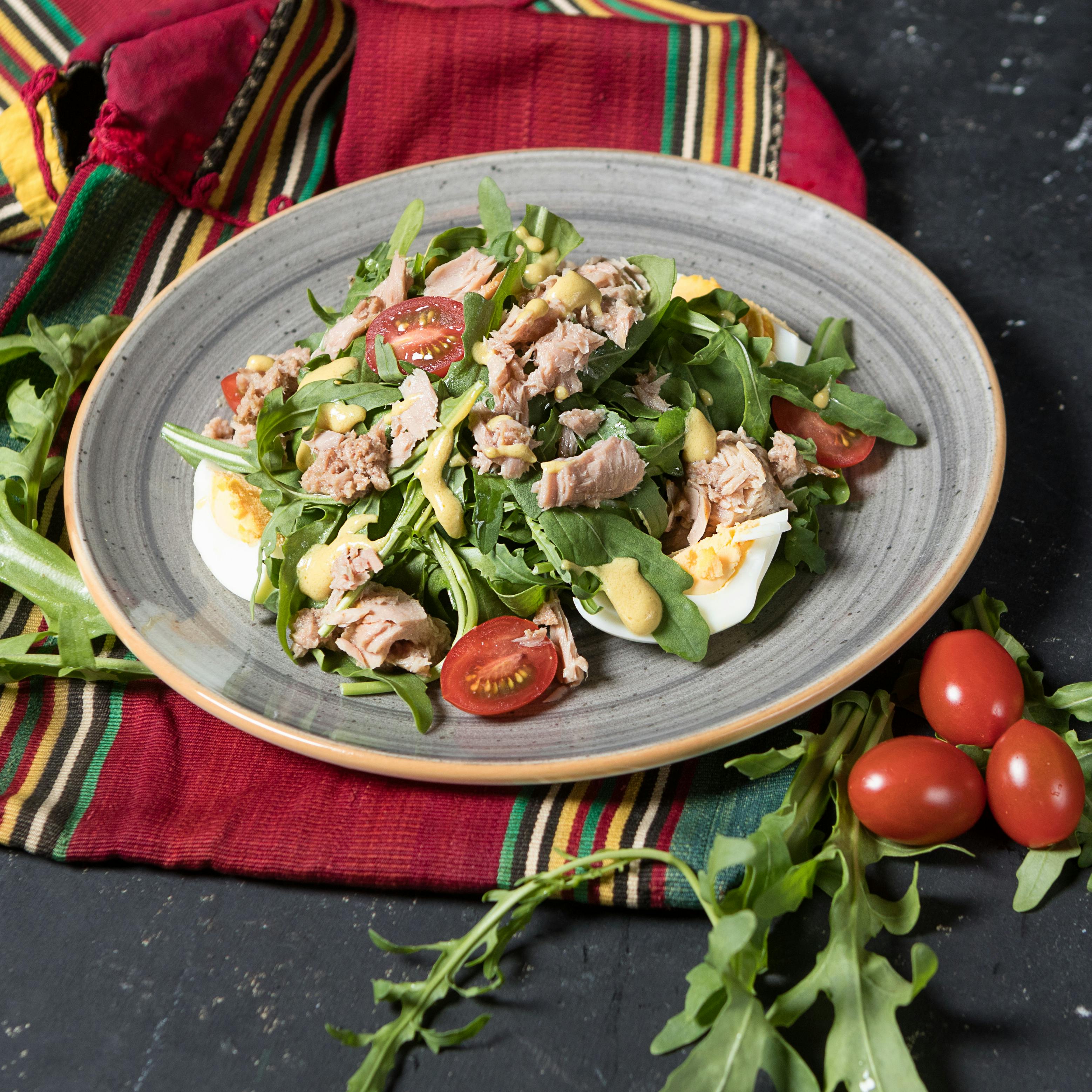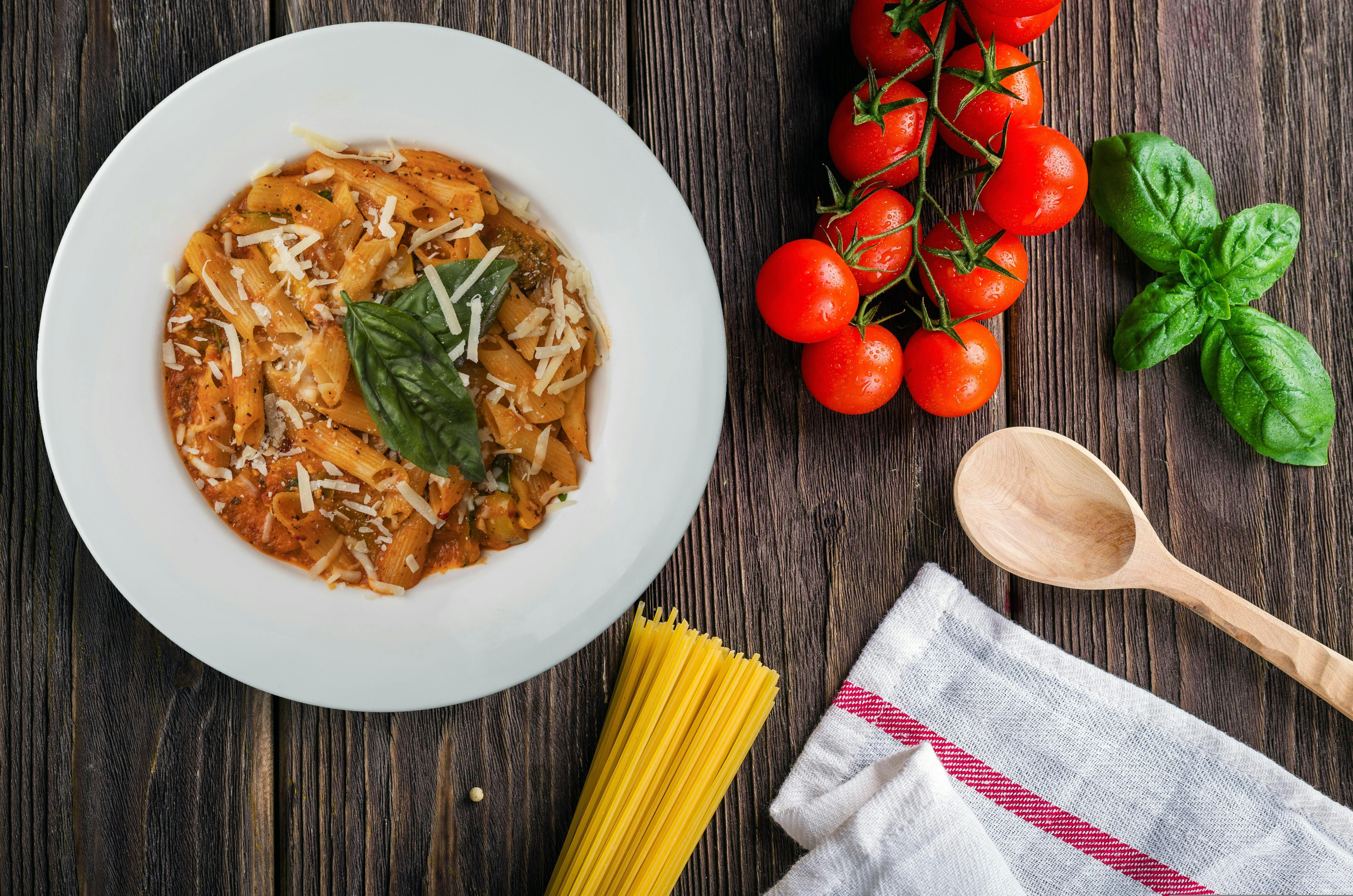
Essential Techniques to Enhance Your Salad Diet in 2025
As the interest in health and nutrition grows in 2025, optimizing your salad diet can play a pivotal role in maintaining a balanced and nourishing eating plan. Salads have become synonymous with healthy eating, offering a versatile way to incorporate a variety of nutrients into your daily meals. The benefits of adopting a salad-focused diet not only extend to weight management and improved digestion but also enhance overall wellness by providing essential vitamins and minerals. In this article, we will explore effective strategies for creating delicious and nutrient-dense salads that can support your health goals.
By embracing healthy salad recipes, meal prep ideas, and rich ingredient variations, you can transform your salad meals into a vibrant and enjoyable part of your diet. This guide will cover optimal salad meal plans tailored for different dietary requirements, as well as essential tips on selecting the best salad toppings, dressings, and ingredients. You'll also discover a variety of delicious options, including fruit salads, roasted vegetable salads, and protein-rich salads, to satisfy your palate while achieving your health objectives.
Get ready to explore the world of salads, and learn how to incorporate nutritious ingredients into your daily meals effectively!
Key Benefits of Incorporating Salads into Your Diet
Building on the fundamentals of healthy eating, let's delve into the key benefits that salads can provide. Salads are not just a side dish but can be an integral part of a wholesome diet, offering myriad health advantages. First and foremost, salads are rich in fiber, which is vital for digestive health and maintaining a healthy weight. Fiber-rich foods promote satiety, reducing the likelihood of overeating.
Moreover, salads packed with fresh vegetables deliver antioxidants that help combat inflammation and oxidative stress. These antioxidants are essential in preventing chronic diseases and enhancing immunity. Additionally, a balanced salad often includes sources of healthy fats, such as avocados or olive oil, which are beneficial for heart health.
Salads are also highly customizable, allowing individuals to tailor their ingredients according to personal preferences or dietary restrictions, whether you follow a vegan diet or need gluten-free options. This diversity not only makes salads enjoyable but also ensures that you obtain a wide range of nutrients essential for overall health.
Understanding the Nutritional Content of Salads
When discussing salad nutrition facts, it is essential to recognize the nutritional density salads can offer. A basic salad typically includes leafy greens, a variety of colorful vegetables, protein sources, and healthy fats. Each component significantly contributes to the overall nutritional value. Leafy greens like spinach or kale are low in calories but high in vitamins A, C, and K.
Adding vegetables such as bell peppers and cucumbers not only enhances flavor but introduces various vitamins and minerals, boosting the salad's overall health benefits. Incorporating high protein elements, such as grilled chicken, chickpeas, or quinoa, can transform a salad from a mere side dish to a satisfying meal that supports muscle maintenance and fullness.
Nutritional ingredients, like nuts and seeds, can further elevate the health profile of your salad. They provide not only healthy fats but also important minerals like magnesium and zinc. Understanding the balance of these elements within a salad will help you make informed decisions while preparing your meals.
How to Prepare Flavorful Salad Dressings
Moving on to salad dressings, the right dressing can elevate your salad experience and enhance the flavors of your ingredients. Homemade salad dressing recipes are typically healthier than store-bought versions, which often contain added sugars and preservatives. A simple vinaigrette can be made using olive oil, vinegar (like balsamic or apple cider), and a touch of mustard or honey for flavor balance.
For those looking to incorporate healthy fats, tahini-based dressings provide creaminess while enriching the salad with important nutrients. Experiment with herbs and spices to create dressings that suit your taste preferences. Fresh herbs like basil or cilantro work wonders to introduce additional layers of flavor.
It's crucial to understand the role your salad dressing plays in overall nutrition, as some dressings might contribute significant calories. Aim for a serving size that enhances your salad without overshadowing the wholesome ingredients you've chosen.
Crafting Effective Salad Meal Plans
With these basics established, creating salad meal plans can help streamline your eating efforts. Effective meal prep ideas involve planning multiple salads that can be enjoyed throughout the week. Begin by selecting various salad types, including classic Caesar salads, vibrant Mediterranean salads, and hearty grain salads to keep things interesting.
It's wise to prep your fresh ingredients in advance, allowing you to assemble salads quickly during your busy week. Store washed greens in airtight containers and chop vegetables or proteins to have them ready to go. This benefits your meal planning by ensuring that you always have nutritious options available, minimizing the temptation to reach for less healthy meals.
Another crucial aspect of meal plans is portion control. Balancing portion sizes can support weight management and prevent overeating. Use bowls or containers that allow for even layering of vegetables, proteins, and toppings, ensuring every bite is delicious and satisfying.
Seasonal Ingredients for Optimal Flavor and Nutrition
Incorporating seasonal ingredients is also a great way to enhance the flavor and nutrition of your salads. Seasonal produce not only tastes better but is often more affordable and nutrient-rich. For instance, summer salads can be loaded with tomatoes, cucumbers, and peppers, while fall salads might incorporate roasted vegetables, apples, or nuts.
By adjusting your salad ingredients according to seasonal availability, you could also enhance your nutritional profile. Try experimenting with different grains like barley or bulgur, depending on the season. Utilizing fresh, local produce supports your health and encourages a sustainable lifestyle.
Top Salad Recipes for Weight Management
Taking this concept further, incorporating weight loss salads into your diet can be an effective strategy for managing your body weight. Salads that are low in calories yet packed with nutrients make excellent meal replacements and can help create a calorie deficit needed for weight loss.
Some outstanding examples include a hearty quinoa salad loaded with mixed greens, beans, and a light vinaigrette. It's high in protein and keeps you full longer. Additionally, cucumber salads provide hydration with minimal calories, making them perfect for a refreshing side dish or light meal. For a twist, a Mediterranean salad garnished with olives and feta combines flavors while offering healthy fats.
Incorporating High-Protein Options
Protein-rich salads can significantly contribute to your weight loss journey. Adding grilled chicken, beans, or tofu to your salads can enhance the satiety factor, ensuring you remain full and energized throughout the day. These protein sources support muscle maintenance as part of an active lifestyle, further enabling you to reach your fitness goals.
Moreover, pairing your protein with various fruits and vegetables can enhance overall nutrition and flavor. Consider trying a kale salad topped with roasted chickpeas, avocado slices, and seasonal fruits for a nutrient-dense meal. Experimentation leads to discovering appetizing combinations that align with your dietary preferences.
Creative Salad Ideas and Variations
As you become comfortable with the fundamental aspects of salads, it’s time to expand your repertoire with creative salad ideas. This encompasses a wide range of options, including pasta salad recipes, fruit salads, and gourmet salads that can impress at gatherings.
For gatherings, gourmet salads featuring vibrant salads with artisanal cheeses or unique dressings can elevate the dining experience. Similarly, adding an array of colorful toppings can maximize appeal while providing additional nutrients. Some common mistakes to avoid when creating these salads include overloading on dressings and relying heavily on calorie-dense toppings like croutons.
Mix and Match: Salad Bar Ideas for Everyone
Building on the idea of variety, establishing a salad bar at home can be a fun and interactive way to encourage healthy eating for the entire family. A make-your-own salad station with a variety of greens, proteins, and toppings allows everyone to customize their dishes based on preferences, promoting mindful eating habits.
Including options such as roasted vegetable salad or crunchy salad recipes can entice even the pickiest of eaters. Prepare different dressings to suit various tastes, ensuring everyone finds something they enjoy. This approach not only fosters creative eating but also encourages trying new ingredients and combinations.
Q&A: Common Questions About Salad Diets
What are the best salad ingredients for weight loss?
When aiming for weight loss, focus on low-calorie ingredients like leafy greens, cucumbers, and cherry tomatoes. High protein sources such as grilled chicken or beans can help maintain fullness. Additionally, incorporating healthy fats like avocados in moderation can enhance satisfaction.
How can I make my salad more filling?
To create filling salads, add protein sources like legumes or lean meats. Including fiber-rich vegetables and healthy fats will increase satiety. Consider meal replacement salads that combine grains, protein, and a variety of vegetables for a complete meal.
Are salads suitable for meal prep?
Absolutely! Salads can be excellent for meal prep. Choose sturdy greens like kale or romaine, and store them in airtight containers. Add proteins and toppings just before consuming to maintain texture and freshness.
Conclusion
In conclusion, optimizing your salad diet in 2025 involves understanding nutritional benefits and creatively incorporating diverse, healthy ingredients. From crafting delicious homemade dressings to planning colorful, varied salads, there are countless ways to keep your meals enjoyable and nutritious. Engaging in meal preparation and utilizing seasonal ingredients can enhance not only the flavor but also the health benefits of your salads. By embracing these effective strategies, you can enjoy a fulfilling eating experience while achieving your dietary goals.

